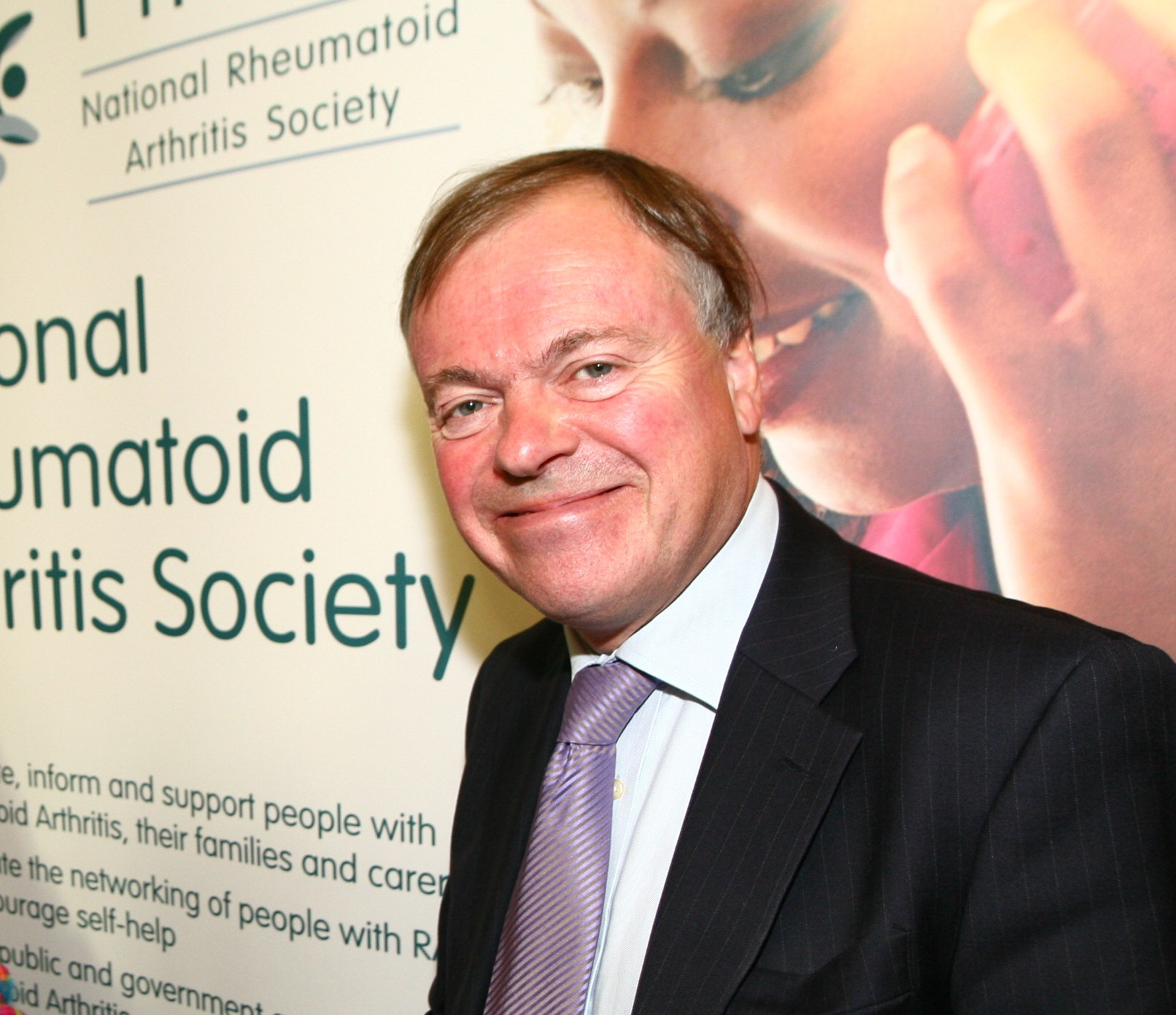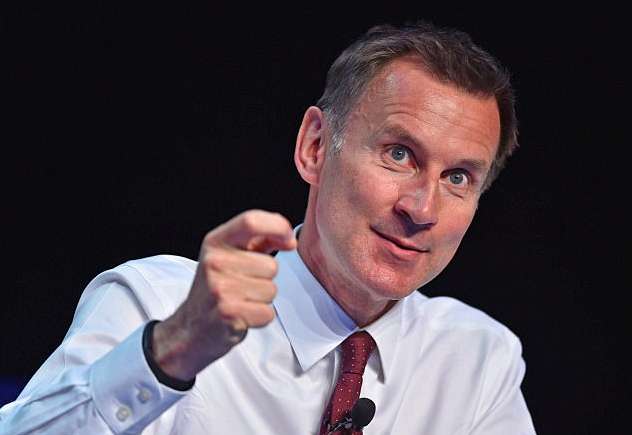Commissioning and procurement of children’s residential care services in England need improving to provide better value for money, a group of MPs has concluded.
A report by the Housing, Communities, and Local Government Committee said the independent sector constituted a significant part of the children’s residential care market, which was costing local authorities.
Around half of the £9bn spent on children’s services is for looked after children, with a large amount going to private providers, said the Funding of local authorities’ children’s services report. Between 2008 and 2018, the number of looked after children increased from 59,400 to 75,420.
The document said: ‘Concerns were raised about local authorities’ reliance on private providers and the cost and quality of some of this care.’
While giving evidence to the committee, Professor Ray Jones, Emeritus Professor of Social Work at Kingston University and St George’s, said the overdependence on the private sector meant ‘the market is now escalating the price [of residential care] because they can afford to, because they have local authorities over a barrel’.
Children’s Commissioner for England Anne Longfield told the committee that several councils had reported that spend on placements ‘increased by 30% over the past two years’.
In the report, the Independent Children’s Homes Association acknowledged that costs had increased but argued they had risen in line with growing costs for providers, citing rising utility costs and additional government requirements such as automatic pension involvement and a higher national minimum wage.
However, services have reached ‘crisis point’ according to committee chair Clive Betts MP, with the market requiring a minimum increase of £3.1bn in core funding by 2025.
The committee is calling on the government to conduct a review of the whole commissioning and procurement system by December and consider the barriers to creating more residential care placements to increase supply.
It wants the Competition and Markets Authority to investigate the market, and for greater regulation to ensure costs do not rise disproportionally and that there is appropriate competition.
It is encouraging the National Audit Office to analyse and compare the cost and value for money of private and in-house children’s residential care provision.
The document said this year’s spending review should reflect the challenges facing local authorities and that more work needs to be done to understand and address the factors driving ever increasing demand for children’s services.
Also, better understanding is needed about the pressures facing social workers and the wider care workforce to improve recruitment and retention in the sector.
Betts said: ‘Supporting vulnerable children is one of the most important duties that local authorities provide. It is vital that we have the right support available in every part of the country, to ensure that vulnerable children get the support they need. Over the last decade we have seen a steady increase in the number of children needing support, whilst at the same time funding has failed to keep up.
‘It is clear that this approach cannot be sustained, and the government must make serious financial and systemic changes to support local authorities in helping vulnerable children.
‘We have reached a crisis point and action is needed now.’
A government spokesperson said it was putting an extra £410m into social care this year, including children’s – alongside £84m over the next five years to keep more children at home with their families safely, helping reduce the demand on services.
‘The number of children’s services rated ‘outstanding’ is growing, and the number rated ‘inadequate’ has dropped by a third since 2017 – from 30 down to 20,’ the spokesperson said. ‘To help continue this trend we are raising the bar in our social work profession, by focusing on improved training and recruitment.’








 ©2024 All rights reserved LaingBuisson
©2024 All rights reserved LaingBuisson 


